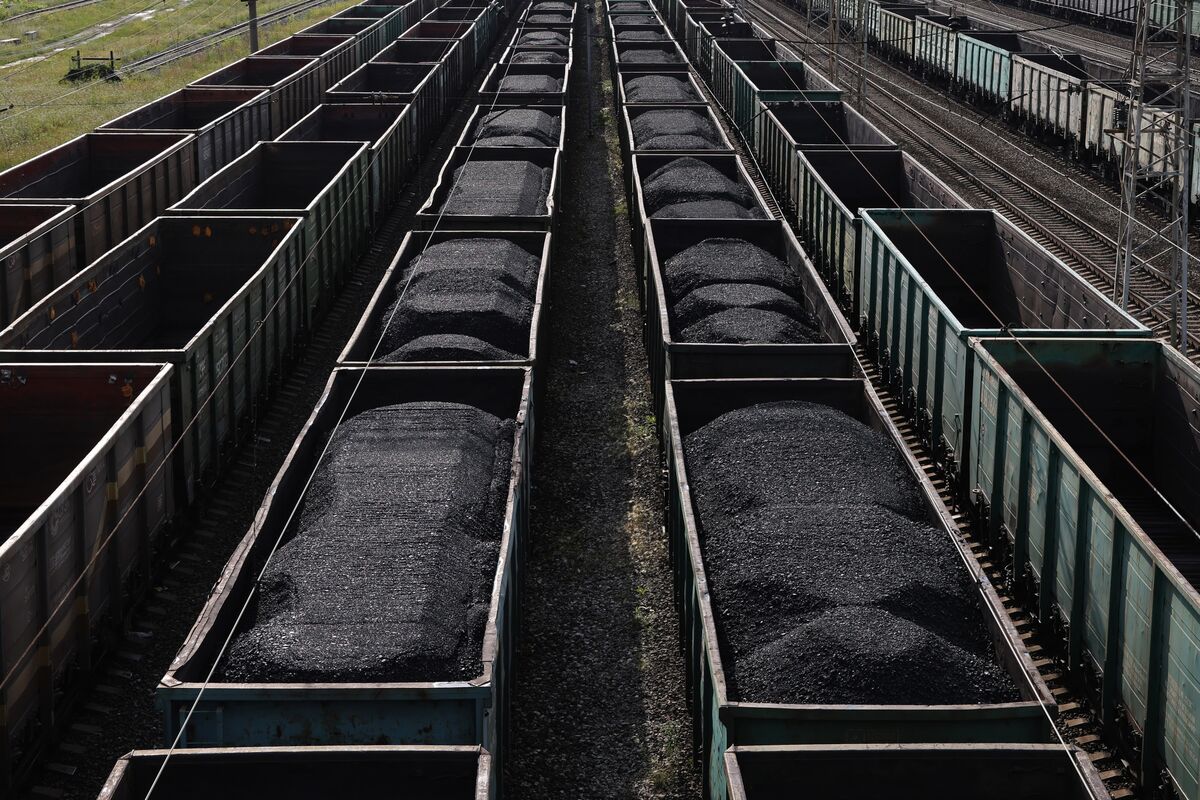Germany’s energy landscape stands at a pivotal juncture as the country grapples with the complexities of transitioning away from fossil fuels while ensuring a reliable power supply. Recently, the nation’s energy regulator issued a forecast indicating that Germany may need to bolster its coal-fired power generation capacity to meet electricity demand during upcoming cold snaps.
The forecast, revealed by Bloomberg, underscores the challenges Germany faces in balancing its ambitious renewable energy goals with the practicalities of maintaining a stable grid. According to the regulator’s projections, Germany will require an additional 9.2 gigawatts of coal-fired capacity to address anticipated shortfalls in wind and solar energy generation during the winter of 2026-2027. This necessity arises from past experiences, notably in 2022, when disruptions in Russian natural gas supplies prompted the activation of 8.3 gigawatts of primarily coal-fired backup generation.
Germany’s energy transition strategy, characterized by a phased nuclear phase-out and a shift towards renewables, has been hailed as a model for other nations. However, achieving a nuclear-free and coal-free energy future by 2030 comes with its own set of challenges. While the closure of nuclear plants in 2023 marked a significant milestone, the reliance on coal and gas-fired power plants for backup generation remains a critical component of the energy mix.
The transition away from fossil fuels has not been without its hurdles. Germany’s energy costs have soared, leading to concerns about affordability and economic competitiveness. Additionally, the closure of coal mines and power plants has raised questions about the social and economic impact on affected communities, particularly in regions heavily reliant on coal mining.
Despite these challenges, Germany remains committed to its energy transition goals. Investments in renewable energy infrastructure, such as wind and solar farms, continue to expand. The country’s renewable energy sector has seen remarkable growth in recent years, with renewables accounting for a significant portion of electricity generation.
However, the transition to a renewable energy future requires careful planning and investment in grid stability and energy storage technologies. Battery storage facilities play a crucial role in balancing fluctuations in renewable energy generation, but their capacity is currently limited. As Germany strives to phase out coal and gas-fired power plants, advancements in energy storage and grid management will be essential to ensure a reliable and resilient energy system.
In conclusion, Germany’s energy transition journey exemplifies the challenges and opportunities associated with decarbonizing the power sector. While the forecast of increased coal-fired generation may raise concerns, it also highlights the complexities of balancing renewable energy integration with grid reliability. As Germany navigates this transition, strategic investments, policy support, and technological innovation will be key drivers of success in achieving a sustainable and low-carbon energy future.















































